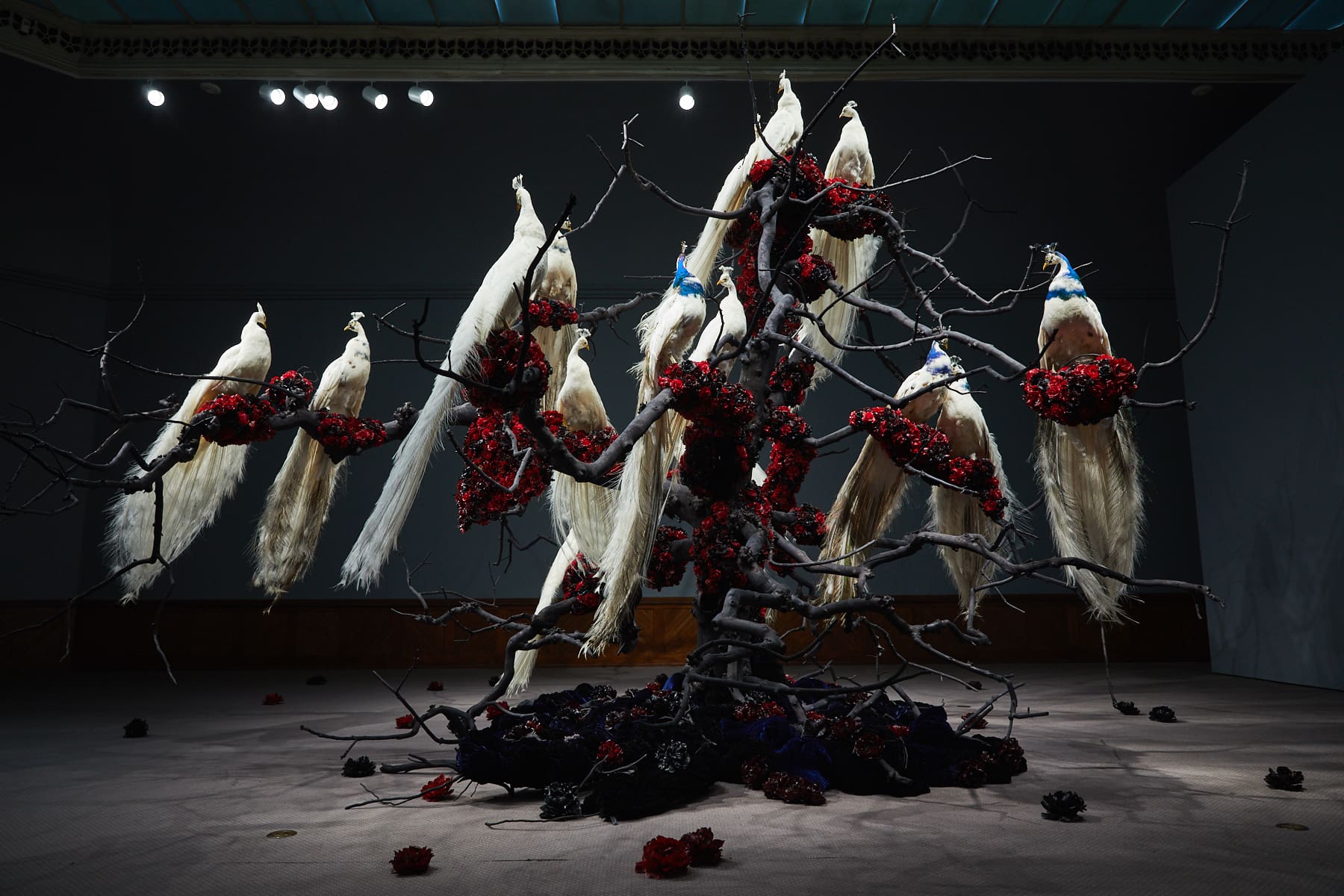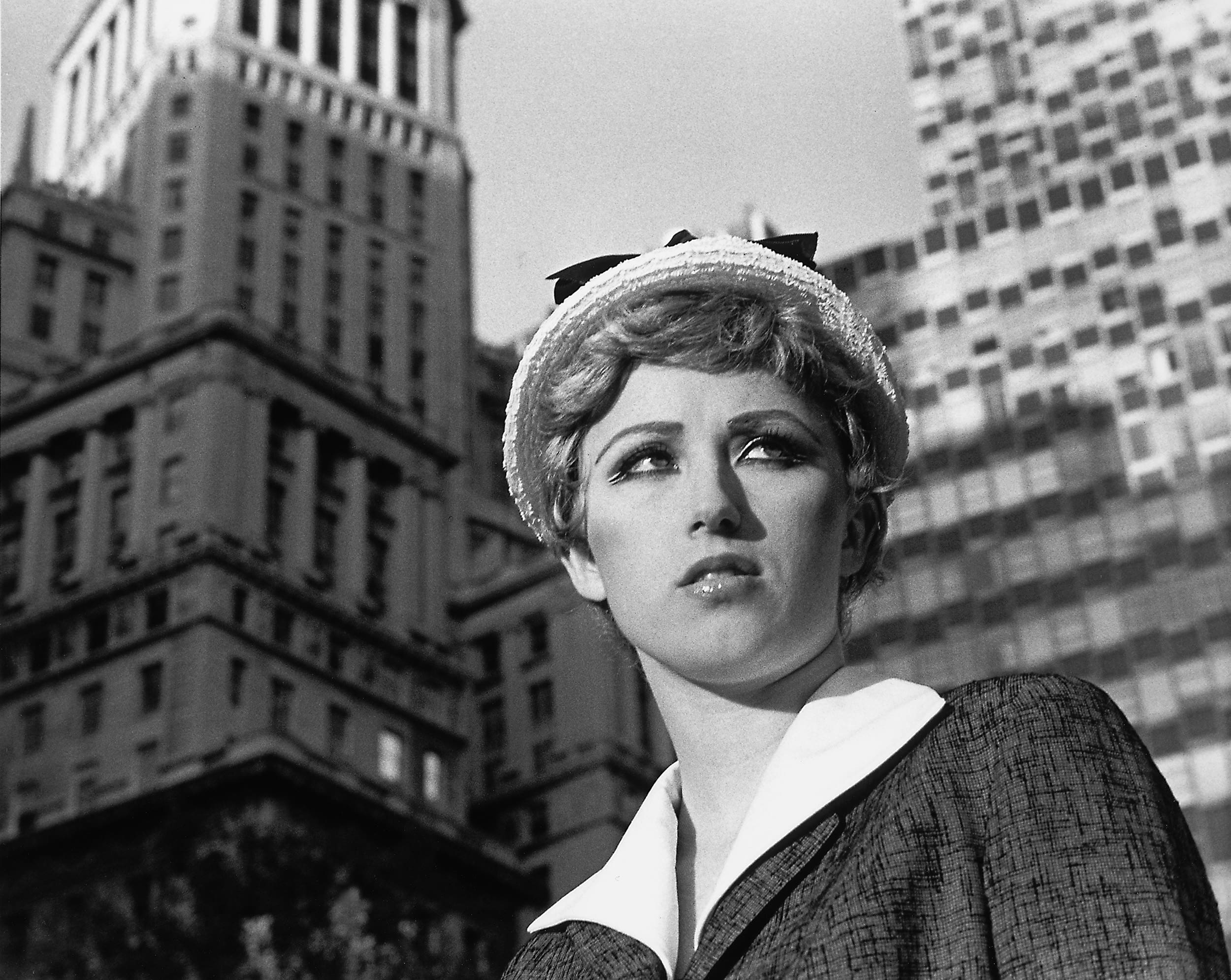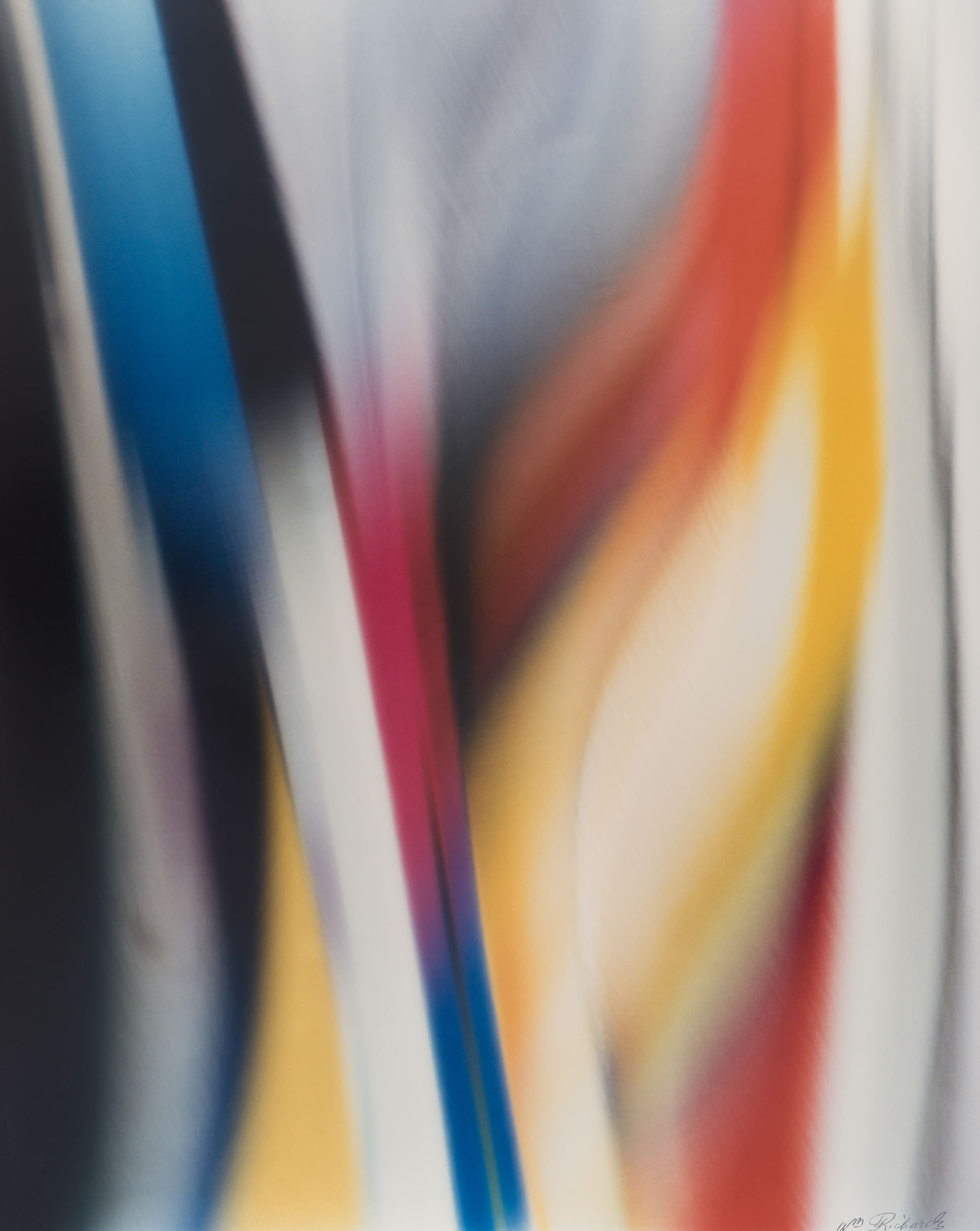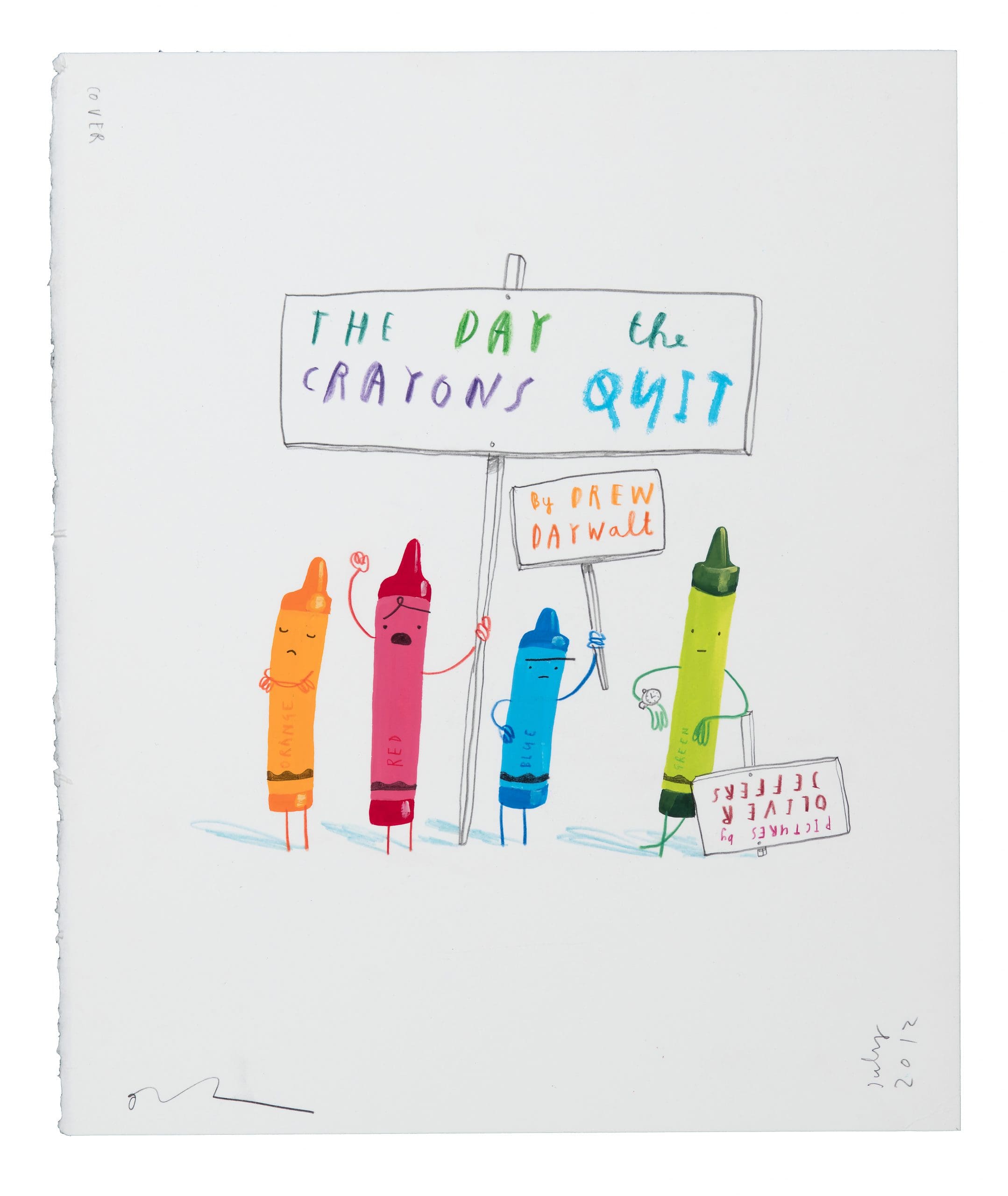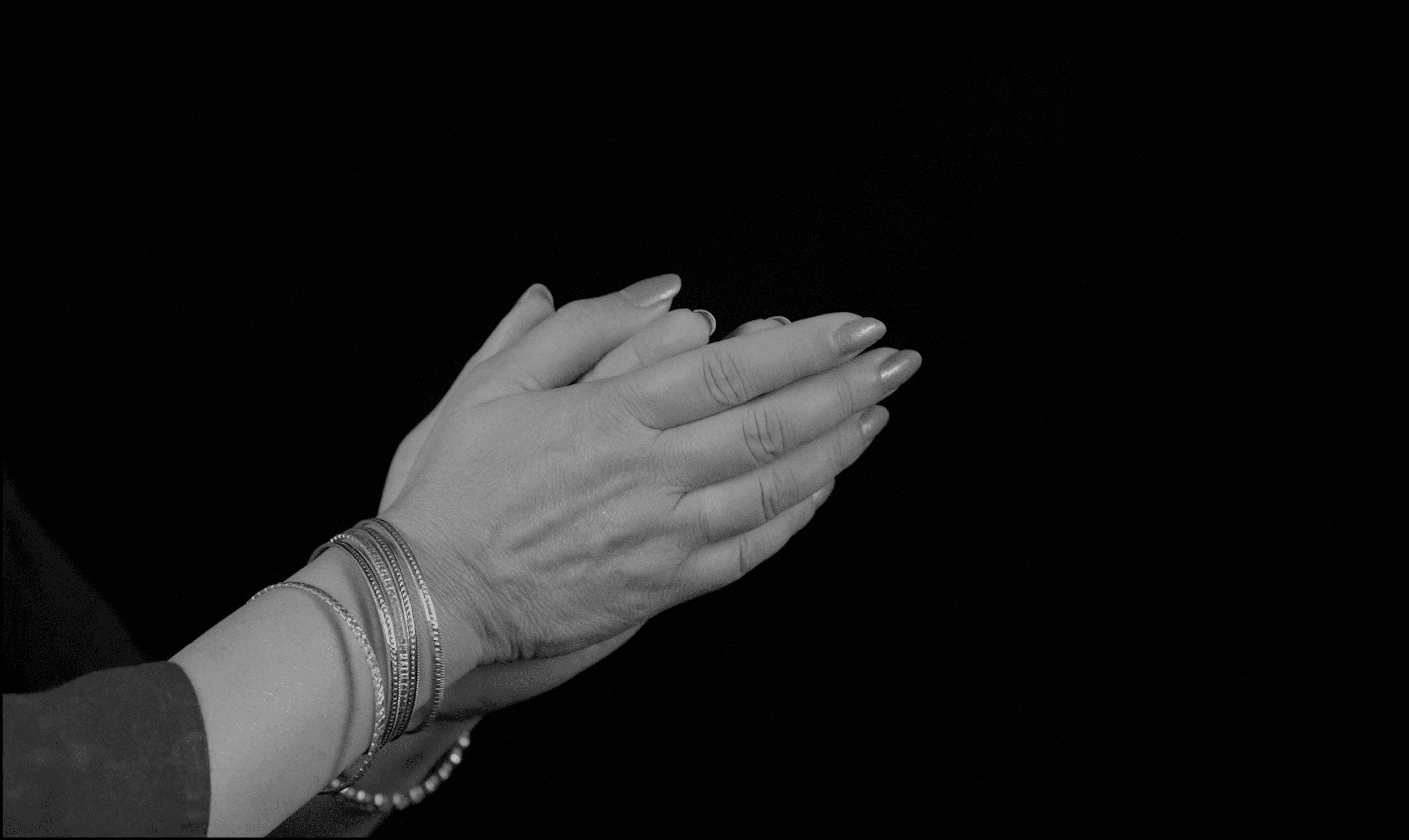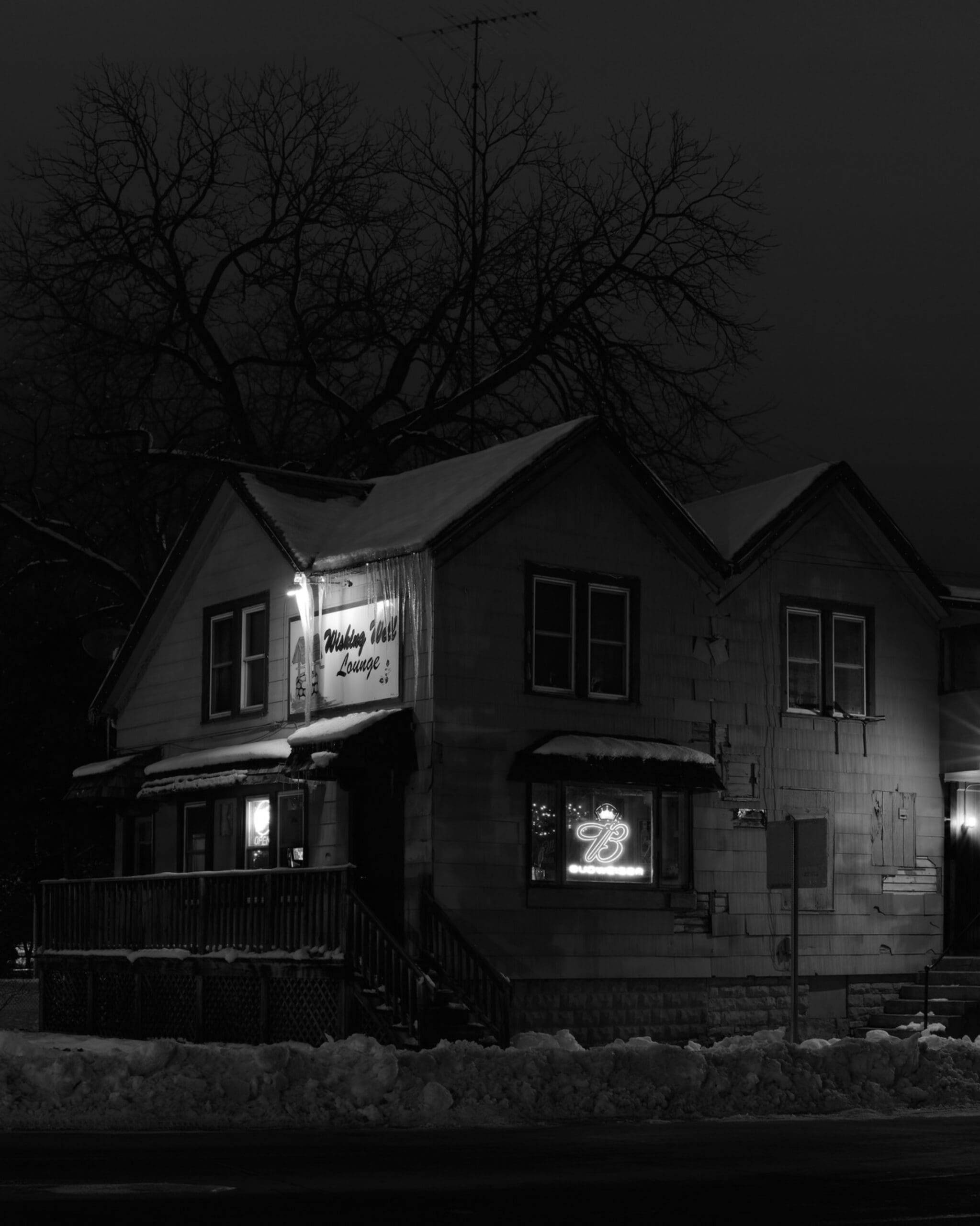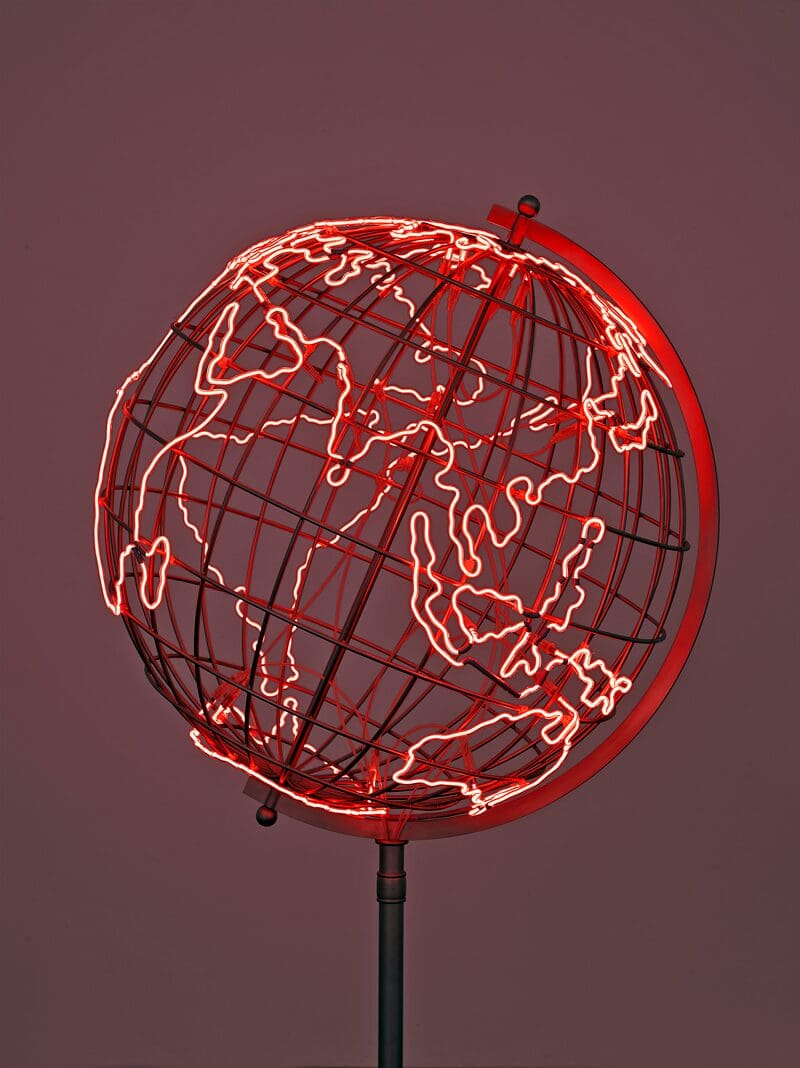Exhibition Category: Upcoming
Myrlande Constant: DRAPO
Myrlande Constant: DRAPO brings ten large flags together in a single space, providing a stunning abundance of intricate craft, as well as a broader sense of Vodou and its dense mixture of West African, Central African, and Catholic religions. Through these sources and their understanding of many spirits, Vodou practitioners bring together love, inspiration, nature, and Haitian history and pride. Constant skillfully and impressively weaves all of this into her art.
Ordinary Miracles: Robert Glenn Ketchum’s Photographs of Cuyahoga Valley National Park
A fan favorite of the Akron Art Museum collection, Robert Glenn Ketchum’s photographs have been displayed frequently over the years in smaller groupings, but Ordinary Miracles: Robert Glenn Ketchum’s Photographs of Cuyahoga Valley National Park will be the first solo exhibition of the artist’s work at AAM since the late 1980s. From 1986–1988, Ketchum documented what was then known as Cuyahoga Valley National Recreation Area (CVNRA) and is now Cuyahoga Valley National Park (CVNP). Ketchum aimed to make each of his CVNRA images a metaphor for larger themes behind the park’s existence, stating “To draw my readers into these pictures, and prevent the images from seeming specifically regional, I have attempted to create a new, more generic kind of photograph: an icon of the landscape, not a specific and documentary description. It is my intent that these pictures also sustain the idea of the Cuyahoga as a national metaphor, so the photographs have been made with the hope they will have a ‘universal’ sense about them.”
Alfred McMoore: All This Luck in My Head
In September, the Akron Art Museum will open the first solo museum exhibition for artist Alfred McMoore. McMoore (1950–2009) lived and worked his entire life in Akron, creating enormous drawings that depict many of the people he encountered. Diagnosed with schizophrenia, McMoore turned to art as a daily practice of expression and connection. He drew in pencil on scrolls of paper that were five feet high and up to fifty feet long. Because of their monumental size, these works have rarely been displayed publicly.
McMoore’s unique presence in Akron’s cultural landscape inspired the name of the renowned band. Dan Auerbach has shared that McMoore would often leave voicemails saying, “This is Alfred McMoore. Your black key is taking too long”—a phrase believed to signify that something was off-center or not quite right.
Petah Coyne’s Untitled #1383 (Sisters – Two Trees)
Untitled #1383 (Sisters –Two Trees) looks like only one tree, but it was actually created from the trunks and limbs of two apple trees that were due to be removed from an orchard after reaching the end of their productive life spans. The pair were growing next to each other, and when the artist harvested them their roots were so intertwined that they felt like sisters trying to cling together. Although now living in New York, the artist spent some formative time in Ohio, and has stated that her trees are conceptually tied to the landscape in Ohio and the annual lifecycle of trees here.
She Said, She Said: Contemporary Women Artists
Beginning with its title, She Said, She Said: Contemporary Women Artists presents a positive and energetic opportunity to assess the many valuable contributions that women have made to contemporary art. The exhibition’s name is a play on the conventional expression “he said, she said,” which suggests that when a man and a woman disagree, one can only give up on coming to a settled conclusion. The familiar phrase suggests stasis—an inability to move forward on matters ranging from sexual violence to equal pay and political representation, despite the forceful accounts and opinions that women put forward.
William Richards: The Vastness Beyond Vision
William Richards (1917–2004) created dazzling arrays of abstract photographs, though his highly successful career was predominantly commercial rather than artistic. Richards learned photography and industrial design as a young student in New York City. After serving in World War II and moving to Cleveland, Ohio in the late 1940s, he founded Richards Studios as a firm specializing in advertising and visual communications. Through his work, he became one of the first adopters of color photography, which he used to create imagery that introduced consumers to other new technologies in manufacturing, transportation, electronics, and more.
Oliver Jeffers: 15 Years of Picturing Books
What if crayons refused to color? Can you know everything about the Earth? What’s the best way to get a kite out of a tree? All these questions can be answered through the pictures and books of artist, author, and illustrator Oliver Jeffers. In Oliver Jeffers: 15 Years of Picturing Books, visitors will encounter original artworks from Jeffers’s beloved titles: The Day the Crayons Quit, Stuck, Here We Are, and more.
Zeerak Ahmed: Mother, I Am Compelled To Leave / اماّں میں تو پاہونی
In creating her sound and video installation titled Amma Mein Tou Paahonee / Mother, I Am Compelled To Leave, Zeerak Ahmed (born 1990, Lahore, Pakistan; lives New York, New York) drew from the folk music traditions of her family’s native region of Uttar Pradesh, in northern India. The songs included in the installation are fleeting for many reasons. They come from a culture that was severely disrupted by the partitioning of the Indian subcontinent in 1947—a time of bloodshed and migration, during which Ahmed’s Muslim family relocated to the newly formed nation of Pakistan. They are in the dialect of Purbi, which is no longer spoken by the migrants who settled in Pakistan. They are part of an oral tradition and were never written down.
Where We Live: Photographs of Human Spaces
What meaning can be found in a house, a skyscraper, or a storefront? What do we feel when we look into a room, out a window, or down a street? Are the spaces we construct ever just brick, wood, and metal, or do we necessarily make them something more?
GLOW: Neon and Light
GLOW: Neon & Light opens in the Akron Art Museum’s Arnstein Galleries on September 21. Showcasing artists who use analog materials like glass, mirrors, light bulbs, and neon tubes, the galleries will be filled with spectacular and immersive works. Rather than the text-based artworks typically associated with neon, this exhibition will instead feature sculptural installations, brightening the walls, floor, and ceiling with three dimensional explorations of light.



![Alfred McMoore. Untitled [Funeral Scene], mid 1990s. Graphite on roll paper. 60 x 540 in. (152.4 x 1371.6 cm). Collection of the Akron Art Museum. Gift of Charles Auerbach, 1995.5](https://akronartmuseum.org/wp-content/smush-avif/2025/04/1970.50_Detail6-scaled.jpg.avif)
